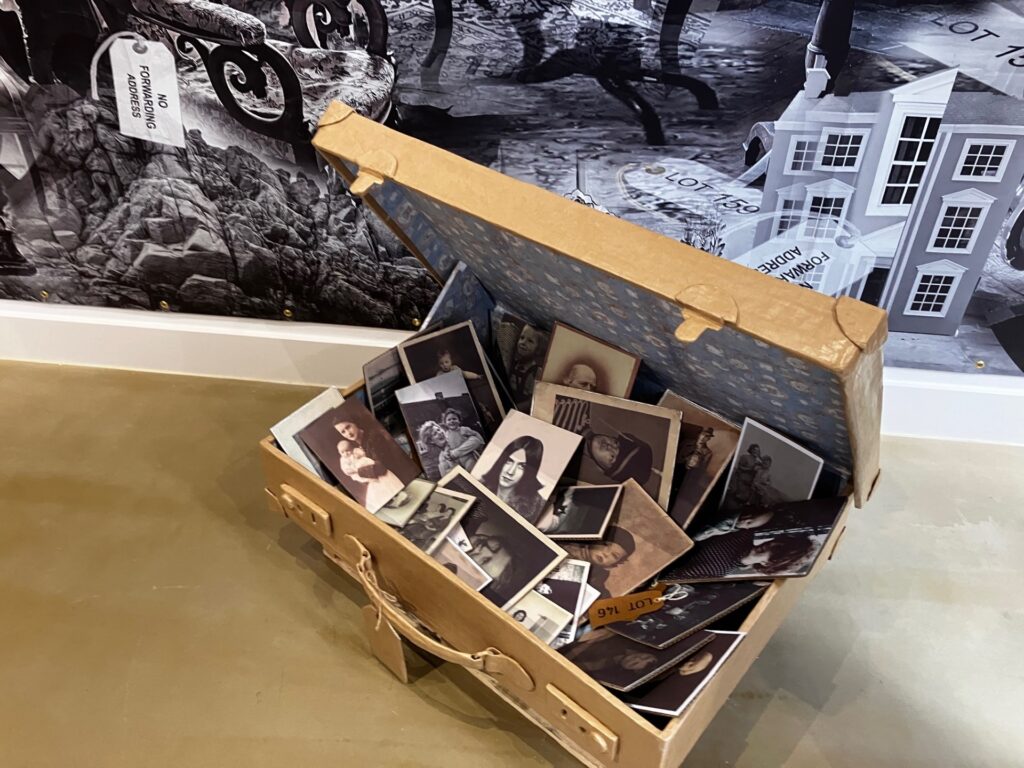



For my project, I would like to explore my family, specifically my grandparents. My grandma sadly passed away on the 29th of August 1992, which left my grandad a widower and my mum without a mother at just 16 years old. Despite never meeting her, it has always felt as through something is missing from my mum’s side of the family. Her loss has been a very significant event in both of their lives, and I would want to create my project about. This project will explore life when my grandmother was alive, compared to how it is now, over 30 years later.
My grandad, Zbigniew, was born in Bierna, Poland on the 9th of September, 1948. My grandma was born on the 31st of January, 1949. They got married on the 31st of August in 1974 and they had my mum, Małgorzata, on the 28th of March 1976. My grandma sadly passed away on the 29th of August 1992.

This project will help me understand how my family dealt with my grandma’s death and the impact it had on me, although indirect. I remember many moments during my childhood when my mum spoke about my grandma with tears in her eyes, and I hope to further learn truly how much her death affected her life. I want my project to be meaningful, and although I am basing it on quite a commonly used topic, I wish it will be original and unique, with features that make it very specific to my family.
I will begin my project by thinking about what I want to ask my mum and grandad and then filming an interview with each of them, hoping to find out more about their experience and feelings, especially my grandad’s. I will make sure to ask questions that can result in quotes that I can include my photobook as well as other aspects that can make it more personal. I will also look at different archives, helping me think of ideas for the photoshoots. I will also want to recreate some archival photos, to make my photobook richer in content. Moreover, I think it would be interesting to add a form of physical manipulation to some photos, for example sewing, adding embroidery in my grandma’s favourite colour. Furthermore, I would want to present my study in the form of a photobook, since I believe this will be the most effective method to showcase my work. Moreover, I want to keep the vintage feel of the archives, and I think a photobook would achieve this the best.
I will begin my study when my grandad comes over from Poland for the Christmas holidays, and since he will stay for 3 weeks it will give me enough time to collect the content I need. I wish I could go over to Poland as I could also include my grandad’s environment in my work, however I can always use some pictures I took during my summer task for this. I will take pictures both inside and outside and I want the pictures to be a mix of observational and staged.
For me, nostalgia is the feeling of longing, and it perfectly describes what my mum and grandad feel when thinking on their life with my grandmother. I want to portray nostalgia in my work by showing old and new photographs that present life with and without my grandmother.

This is a reflection of the work I have done at A-Level photography, and I will mention the areas of my study that I think showcase my best work, as well as the areas that I find are most significant.
Romanticism was an artistic, literary, musical, and intellectual movement that originated in Europe towards the end of the 18th century, and in most areas was at its peak in the approximate period from 1800 to 1850. It began approximately during 1770, during the industrial revolution. Romanticism is often seen as the reaction to the developing urban world, and the negative impact it has on people. Romantics believed in the natural goodness of humans which is hindered by the urban life of civilization. They believed that the savage is noble, childhood is good and the emotions inspired by both beliefs causes the heart to soar.


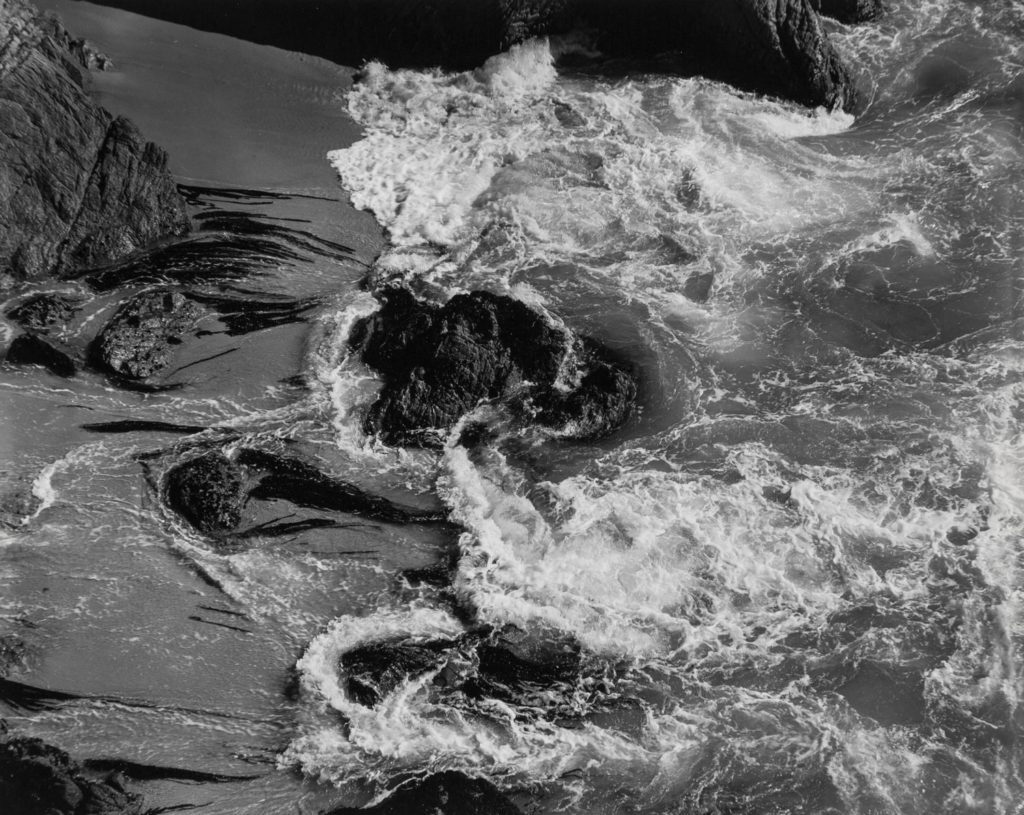



The definition of ‘femininity’ according to Wikipedia is ‘a set of attributes, behaviours, and roles generally associated with women and girls’, however this definition has been criticised by many people throughout history, as it causes it to be a very general and constricting term. The idea of femininity is a social construct, and people are slowly realising (especially younger generations who are typically more open minded) how the term doesn’t only surround women- but people of all genders and it is slowly becoming a much more fluid term. Furthermore, the opposing word ‘masculinity’ is defined as ‘is a set of attributes, behaviours, and roles associated with men and boys’, the same definition but for men/ boys. Although some people believe there is one ‘correct’ definition of both femininity and masculinity, each culture has its own views on the terms, some of which even completely contradict each other. Moreover, any human can portray both feminine and masculine traits. Gender stereotypes link in a lot with femininity and masculinity, which can be very harming to both sexes, especially when the people surrounding them pressure them into presenting a certain way.






For this project, I decided to focus on my grandad’s life. He was born in Bierna, Poland on the 9th of September, 1948. He grew up with his two sisters, Zofia and Krystyna, and his father Tadeusz and his mother Elżbieta, my great-grandparents. My grandma (my grandad’s late wife) was born on the 31st of January, 1949. They got married on the 31st of August in 1974 and they had my mum, Małgorzata, on the 28th of March 1976. My grandma sadly passed away on the 29th of August 1992, which left my grandad a widower. I looked through many photos of my grandad’s life as a young adult, even finding a photograph of him as a young child. I picked out photos in which he looked happy, either alone or with my grandma. During my holiday in Poland, I took pictures of my grandad and his environment, even recreating some of the photos from the past.
This is a project I enjoyed a lot, as exploring the past was very interesting to do. I wanted to focus on the life of my grandparents as young people, in contrast to the life of my Grandad as a widower. This is something I would like to add to for my personal investigation, as it links heavily to nostalgia.



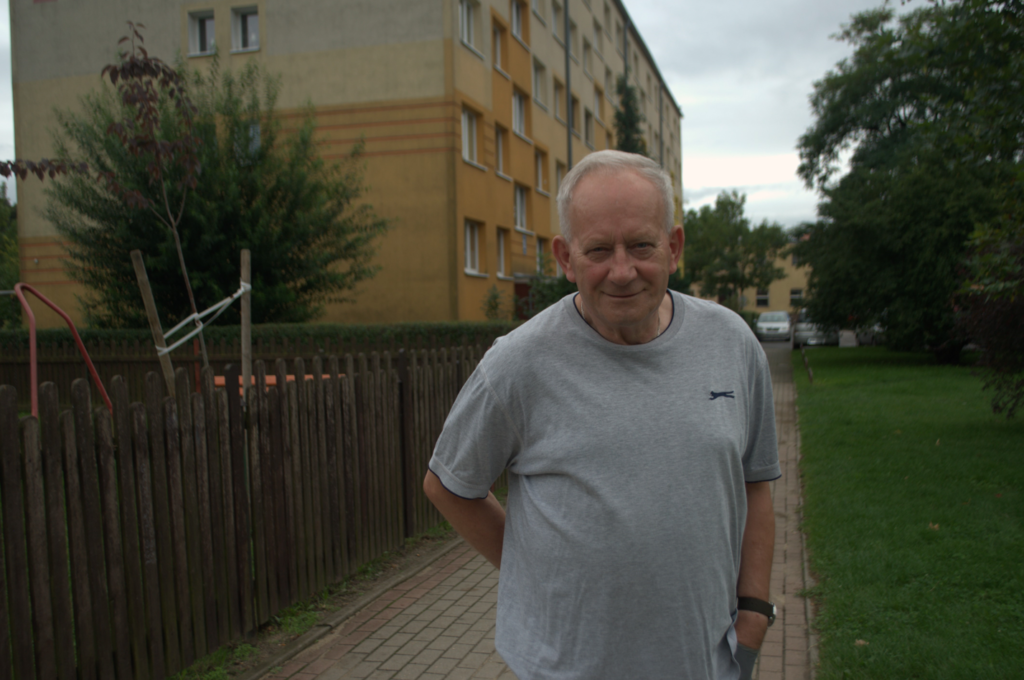


Photographs have been the main way we have used to create our projects.

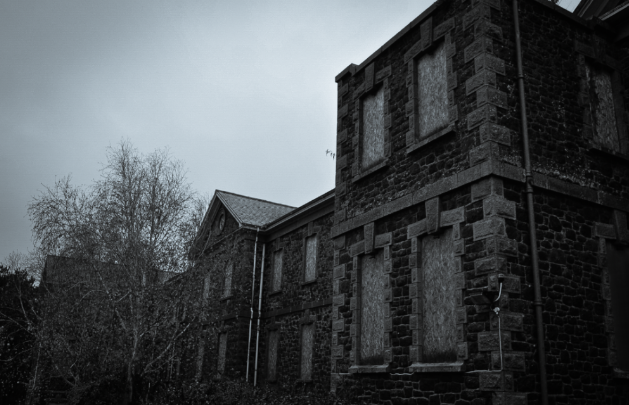

For one project, Caitlin and I recorded a film as a way of presenting our work, which was an interesting experience.
These artists are my biggest inspirations that I have researched during my A- Levels.
Stephanie Jung is a freelance photographer based in Berlin, Germany. In 2010 she finished her studies in Visual Communications, where she discovered her passion for experimental photography. She loves to travel all over the world, especially to big cities, to capture the vibrant and hectic mood of a place. But her work is not just about city life, it’s about time and caducity, about capturing special moments getting lost in time. Her extraordinary shots show cities that depict reality but nonetheless lead to a different, surreal dimension apart from our real world. With her camera, she does no more than 4 exposures. She believes anything more than that is hard to control and the pictures’ structure vanishes. Instead, she reworks the images, adding elements and editing them the way she likes.






Francesca Woodman was an American photographer who created black and white pictures, capturing herself and other female models in interesting ways. Her photos show herself and other women either in unique outfits or stark naked, in weird positions. The photos mostly appeared to be blurred, since she used a slow shutter speed, letting more light in to create movement in a eerie way throughout her work. She was born on April the 3rd in 1958 and died on the 19th of January in 1981, aged just 22 years old. Despite her dying so young, Woodman has continued to inspire many upcoming photographers, being an icon of self- expression in photography. Her portraits portrayed her as vulnerable and isolated, but also intense and powerful, creating a interesting contrast.
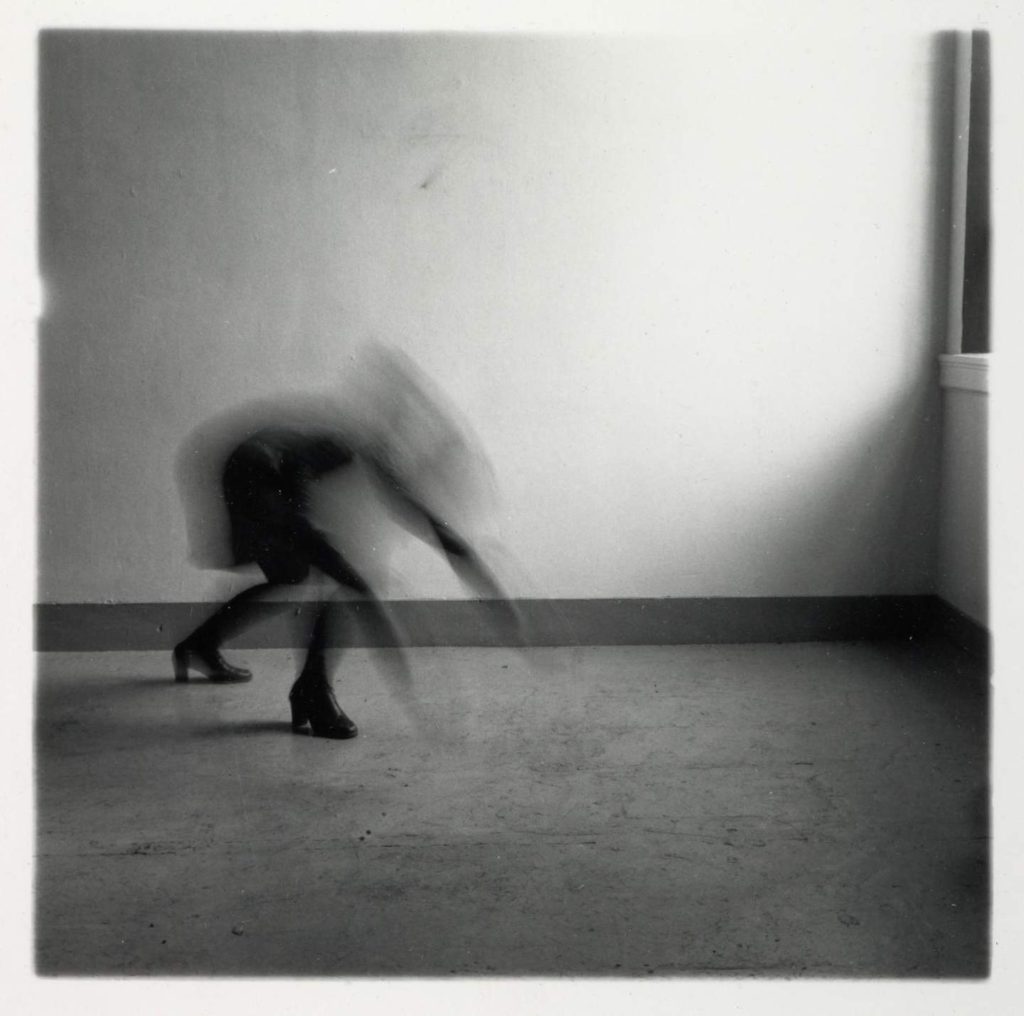
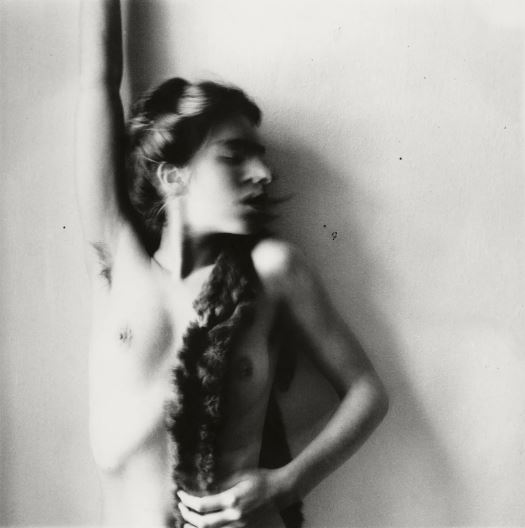



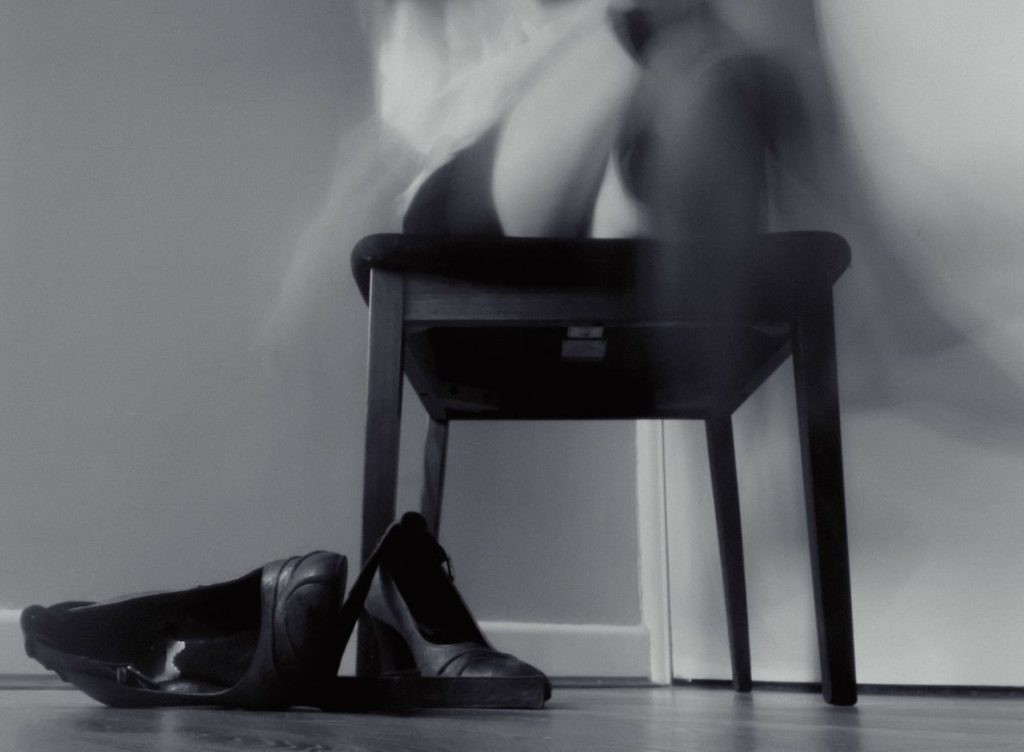
These are techniques that I will use in my personal in my personal study to assure my photos turn out the way I want.
The aperture is a hole located in the camera’s lens that decides how much light is let into the picture, thus controlling the exposure of the outcome. Photographers can manually control the aperture by switching to ‘A’ or ‘AV’ mode and then changing the f/number using the dial on their camera. The lower the f-number, the bigger the hole, meaning it lets more light into the picture and it is a larger aperture. A very large aperture (such as f/2.8) can result in an overexposed image. On the other hand, the higher the f-number, the smaller the hole, meaning less light is let into the photo and the aperture is lower. A very low aperture (for example f/22) can result in an underexposed image.


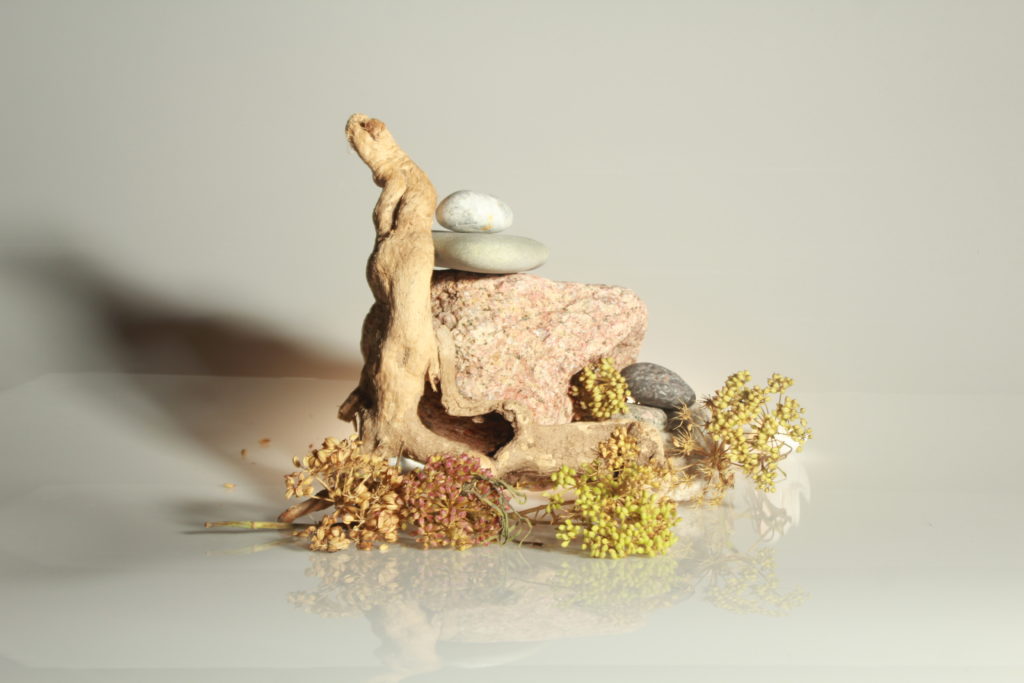
–Natural Light: this is light from outdoors- the sunlight will determine how your photos will be lit up as it isn’t something you can control.
–Artificial Light: this is light from things that use electricity or halogen gas to glow. Light rooms are typically used in photograph as the lamps are easy to control.
–Continuous Lighting: this is light that is constantly on, such as a torch. The thing you are photographing is always illuminated by the light. Natural light is continuous however studio light can also be set up as continuous.
-Strobe Lighting: this is light that creates a very short burst of light just as the photo is taken, illuminating the thing you’re photographing for a very short time. Also known as monolights, strobes have a quick recycle time and a full power output of anywhere from 100 to 1,000 watts. The only natural light that is strobe lighting is lightening, as it is a quick flash in the sky. Camera flashes are strobe lighting.

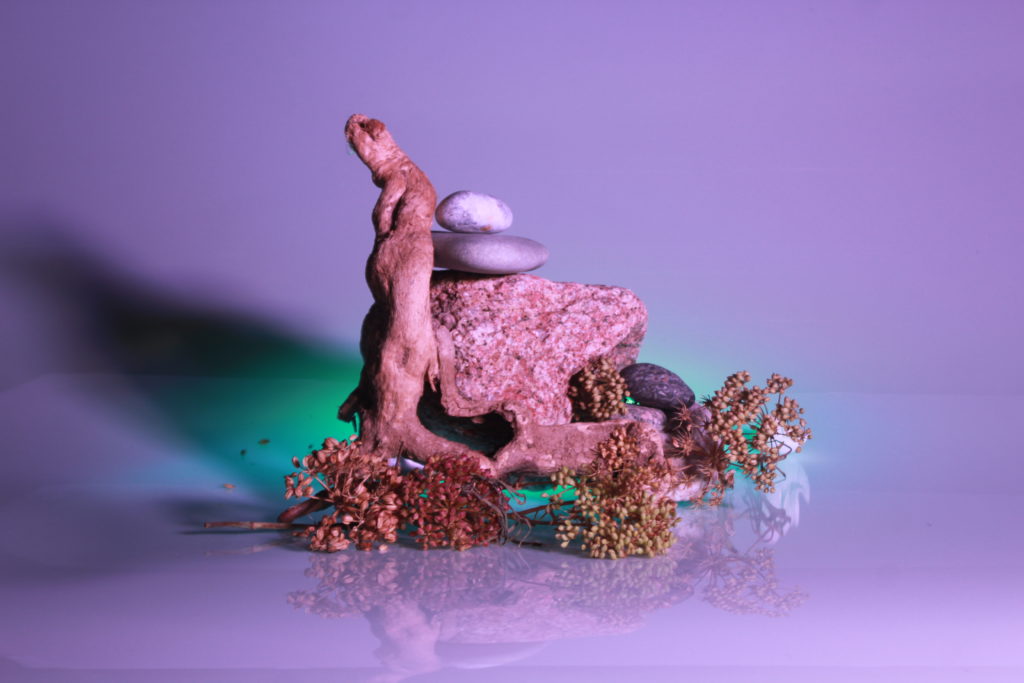
The shutter speed or exposure time is the length of time that the film or digital sensor inside the camera is exposed to light when taking a photograph. The amount of light that reaches the film or image sensor is proportional to the exposure time. 1⁄500 of a second will let half as much light in as 1⁄250.



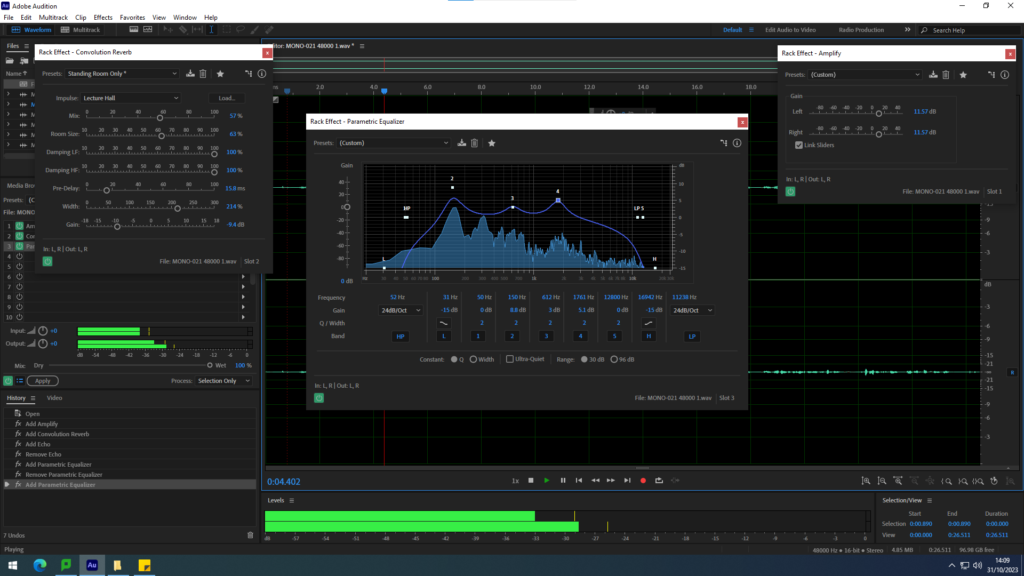
To begin with, we uploaded our recordings of the narrator speaking onto the adobe audition software, putting the audio on the first line to separate it from future sound effects we planned to add. Our next step was to merge the different sections of our recordings together in such a way that they would blend together smoothly, making it seem as though it was all one audio to begin with.
Afterwards, we continued to edit the recordings by adding in effects. Firstly, we amplified the audio to increase the sound quality of the narrator’s voice before adding the parametric equalizer to adjust the volume and pitch. Lastly, we used the convolution reverb effect to add a slight echo to her voice, adding a slight sense of distance.

In order to add sound effects and music to our audio, we downloaded them off of the website: https://www.zapsplat.com/

Our next course of action is to input the music. We did this by importing our downloaded music, opting for a dark orchestral style to create a somewhat unsettling atmosphere. The music was placed onto the second line where we then adjusted the volume of it as well as changing the song based on the scene our narrator is talking about to help immerse the viewer.

Lastly, we added in sound effects onto the third line. The sound effects help to create a greater sense of realism, producing another way to immerse the viewer. We made sure to include effects relating to the storyline, in order to help visualise what the narrator is reading out.
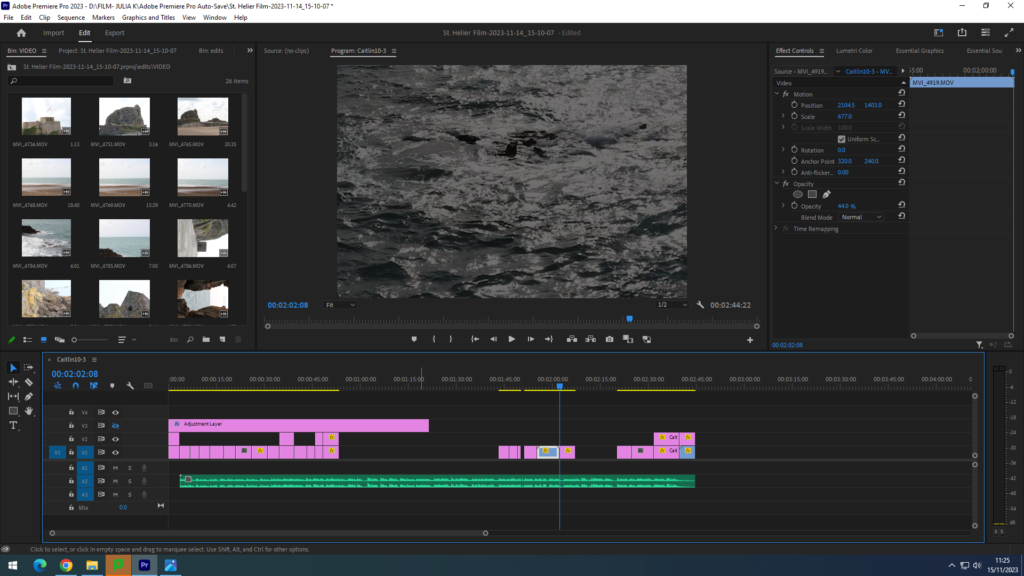
Firstly, we uploaded the photos and videos, creating two bins, from which I could drag in the required media. We firstly put the photos we required in a rough order (taking into consideration the audio that would be added). The pink line is the media we started to put together in our film. After creating a rough sequence, we imported the audio file (the green row).
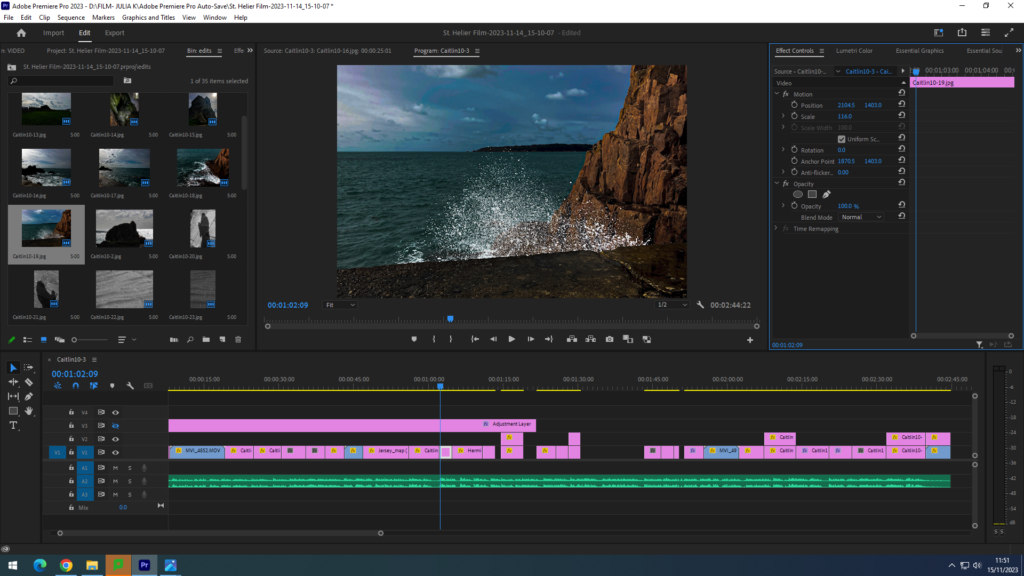
After importing the audio, we began to match up the media to the audio with accuracy, changing the duration of each part. We decided that the audio was the main aspect of our film, therefore the pictures and videos were simply a visual aim for the narration of St. Helier’s life. Every sound effect (for example: thunder rumbling in the distance as a way of presenting the father’s anger) played a key role in the sequence of the photos, since they had to link up with what was being said in the narration. I also used the ‘Lumetri Colour’ effect tool to enhance the look of the photos, for example changing the contrast and saturation of the colours.
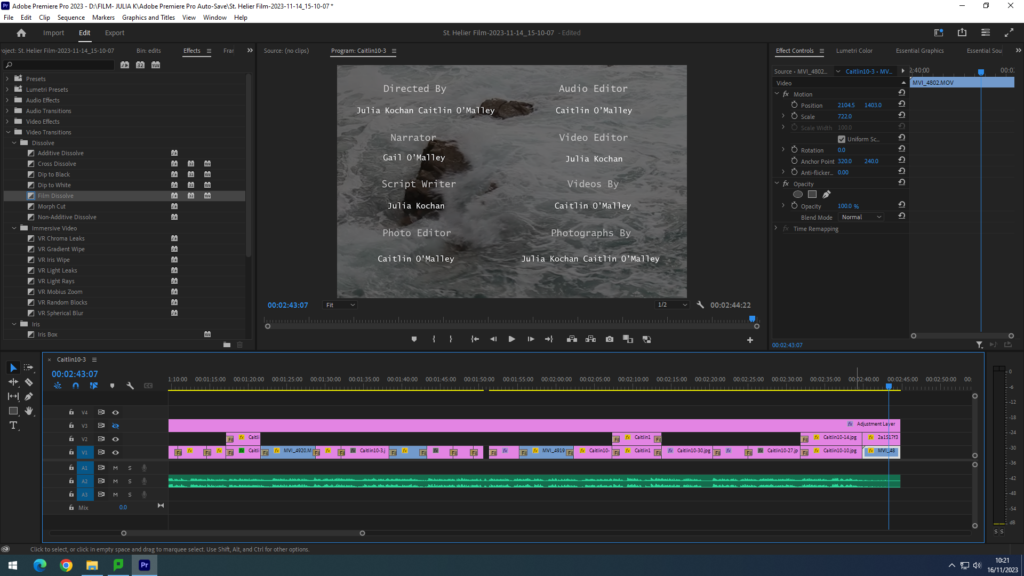
After the layout of the film was finished, we worked on adding text and transitions to further enhance the film. Firstly, we added a title using the text tool, naming our film “The Life of Saint Helier”, choosing a simple title. We also added credits (as seen in the screenshot above) to the end of our film, mentioning the people who worked on the film, once again using the text tool. For the filter, we wanted to keep it simple and used the ‘Film Dissolve” video transition to help the movie flow better. I also added them to the title so that it would appear after a second of the primary frame showing. I added the filters throughout the entire film, causing each frame to merge with the other.
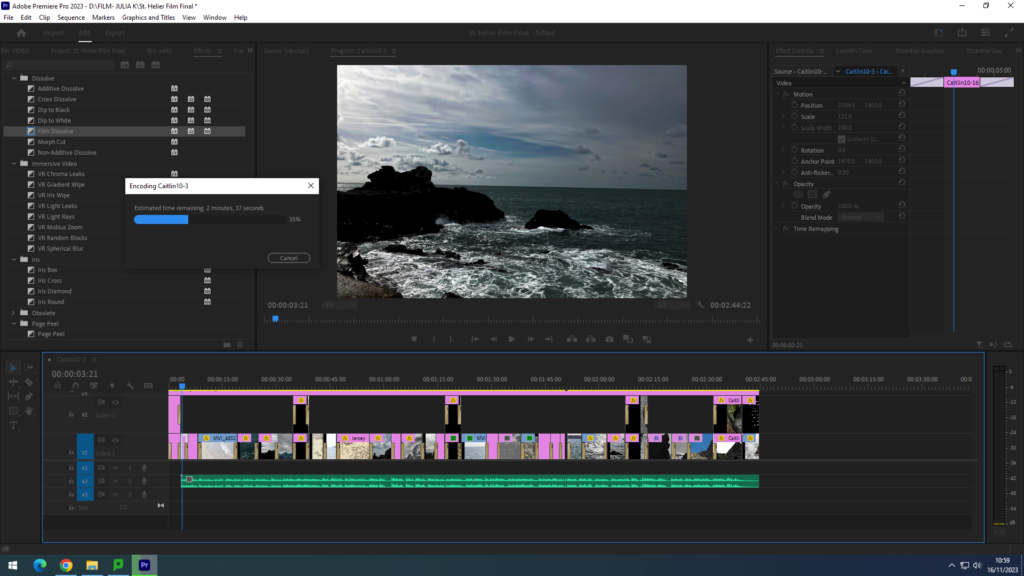
Finally, once everything was in place, I shrunk the overall layout and look a screenshot to show the overall look of the film in Adobe Premiere.












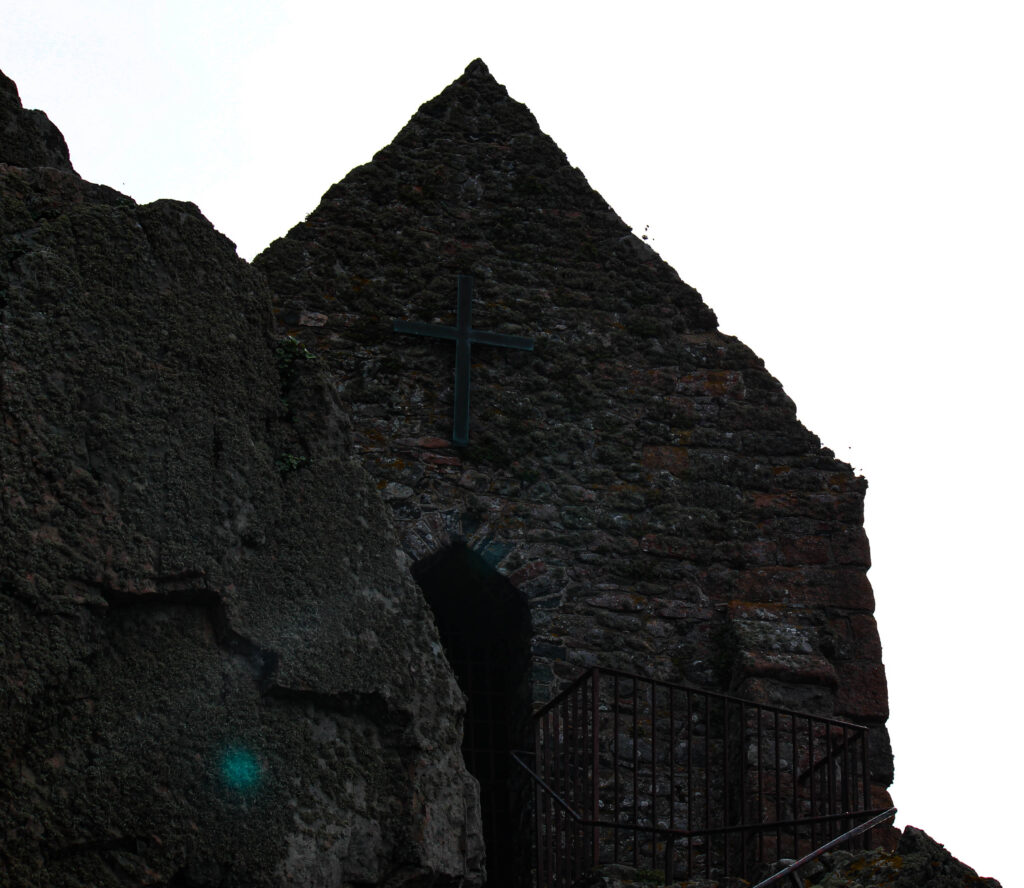




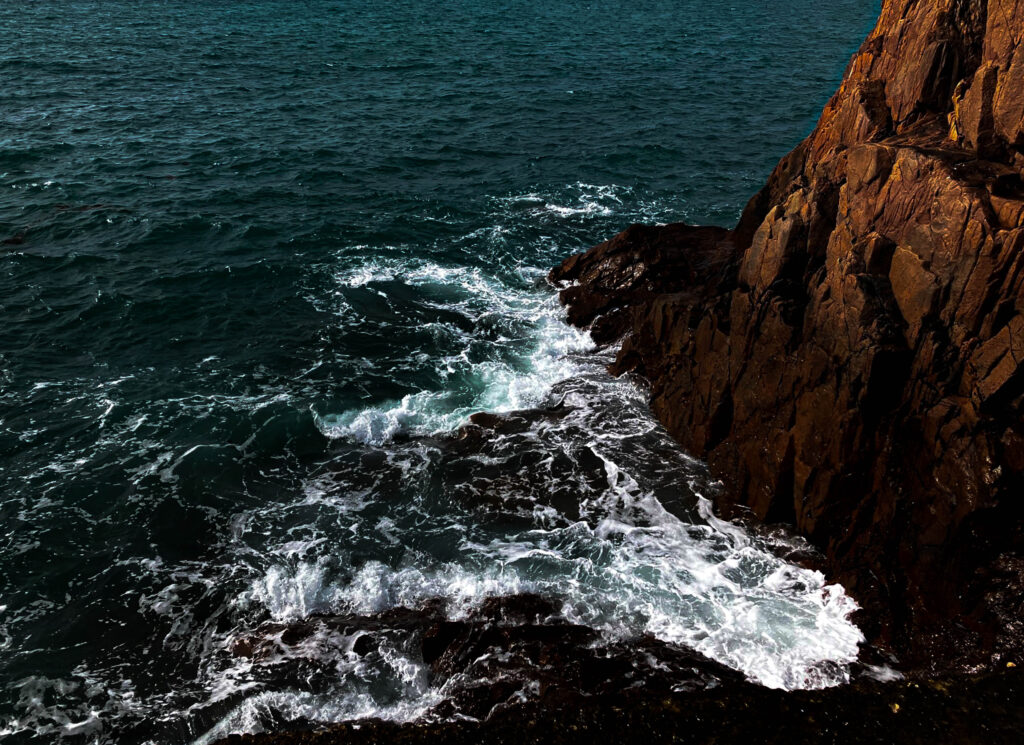









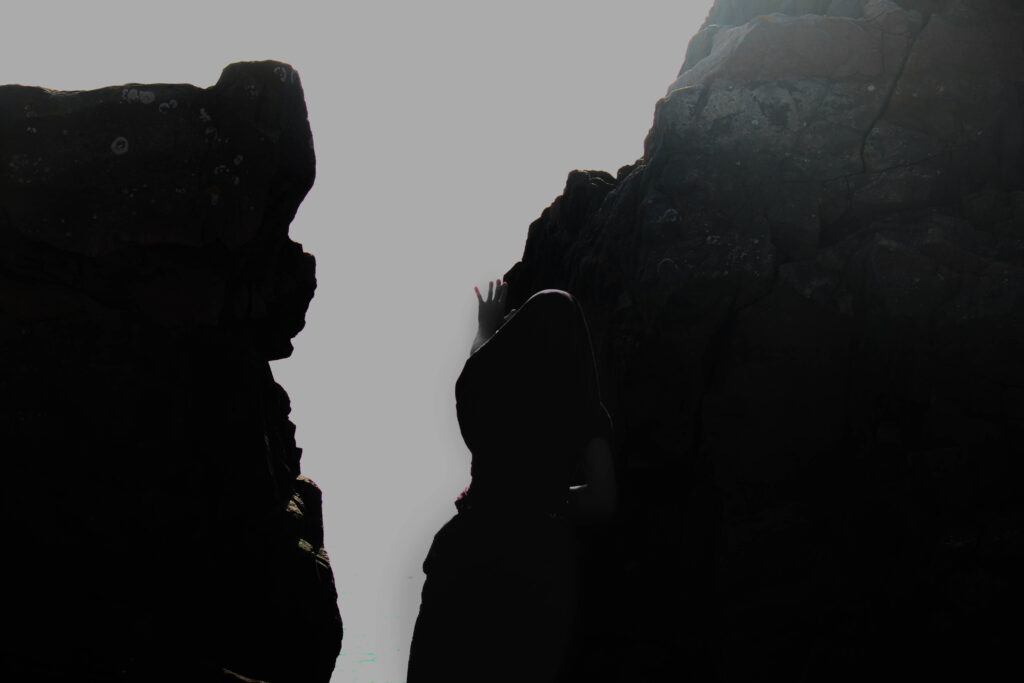



The Société Jersiaise Photographic Archive is holds Jersey’s collection of archives, containing over 125,000 items dating from the mid-1840s to the present day. Formed in 1873, it was originally designed to be a museum and library, however by the second year much more focus was put onto the collection of the archives itself. The importance of ‘recording in permanent photography local prehistoric monuments, buildings and ruins’ was the main ideology of the founders, thus the sorting of the data collected became the main priority. They wanted to show how their archival collection weren’t just pictures, they were a portrayal of the past in a highly detailed manner. This is why context proved to be so important- a picture needed a labelled time and place to have a significant meaning and place in Jersey’s timeline. Photography arrived in Jersey on 9th May 1840, and without archives all the information and knowledge documented would be lost, causing the past to fade. Archives help create a collective memory of Jersey, from many different points of view, and can teach us about other people’s opinion in a way nothing else can. We can look at archives and notice the good and bad changes that have occurred over the year, helping us avoid repeating mistakes. Every person keeps achieves- whether it is pictures on our phones or text messages- and they say more about us than we realise. Our identify revolves around events and how they affected us, and what better way to show that than keeping archives?

William Collie was born in October 1810 and passed away in the year 1896. He was born in Skene, Aberdeenshire, Scotland and moved to St. Helier, Jersey in his 30s, opening a portrait business in Belmont Road and Bath Street. Like many other early photographers, started his professional life as a portrait painter. However, after moving to Jersey, he began a portrait business, making him one of the first photographers in the Channel Islands. Collie was probably the first photographer to use Fox Talbot’s calotype process, which required paper coated with silver iodide to develop his photographs. was exposed to light in a camera obscura; those areas hit by light became dark in tone, creating a negative image. His most popular project is called the ‘French and Jersey Market Women’ and was created by him in the late 1840s. Many of these portraits actually show friends and family dressed as the migrant market women Collie met at St, Helier’s Market. The Société Jersiaise Photographic Archive lists 157 photographs by William Collie and are all portraits of Jersey folk and their surroundings from the 19th century. His photographs show a mix of professional portraits and candid photos, presenting us with how the upper and lower classes lived. We can see the segregation between the classes at the time, taking into account their clothes and the activities captured in the images. Being one of the first photographs in Jersey, Collie captured a time in the island’s history that not many other people did. It is the oldest imagery we have of our home, causing these photos to be priceless and a true representation of the past.
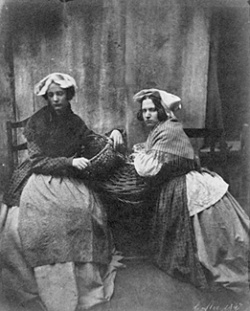


Thomas Young provided the theoretical framework for the first commercially viable method of colour photography, the autochrome, by theorising that our physiological perception of light was trichromatic, that all perceived colour is produced optically, by the eye’s sensitivity to just three wavelengths of light: red, green, and violet. On the 10th of June 1907, to an invited audience of 600, the brothers Louis and August Lumière, demonstrated their newest invention, the first combined system additive colour screen process. The interest around autochromes in 1907 was worldwide, photographically, scientifically and culturally.

Emile Guiton was born in Jersey in 1879 and had a keen interest in history and was a member of La Société Jersiaise, being known by many as the founding father. He was known for experimenting with autochrome colour very early on and producing in the process many beautifully coloured photographs. Guiton had a particular interest in the design of Jersey houses over the centuries, and particularly in different styles of arches to be found in the island. In Patrick’s Cahill’s ‘The Autochromes of Emile Guiton’, he mentioned how ‘Emile’s autochromes form the bulk of the early colour collection, thematically they fall quite neatly into two categories. The first category can be described as still life photographs, images of flowers, a stained- glass window, a colour chart, fruit. The second category can be loosely described as domestic photographs, Mrs Guiton, children playing, a garden, local country scenes’. I think is very interesting as it shows how Guiton used photography as not only an art, but also a useful tool in the documentation of history and his life.

I think this picture is a beautiful representation of Guiton’s work as well as a perfect example of the simplicity yet uniqueness of Autochrome colour photos. The photo appears to have quite a shallow depth of field, the children being mostly in focus and the background being smudged, however this could simply be due to the long exposure (due to the child on the far right also appearing blurred). This adds to the softness of the picture, a resemblance of the children. The picture shows how Guiton was a ‘trendy’ photographer, engaging with the photographic styles at the time. The theme of maroon in the picture- being present on the children’s clothes and flowers- creates a feeling of repetition. He also utilised this colour as a heavy contrast in the image. The washed out look of the photo causes there to be a sense of nostalgia in the photo, creating a portrayal of the past in a dreamlike, gentle manner. Guiton recorded an everyday scene in unique and almost magical manner, causing this to be a truly significant photo. The natural lighting in the photograph causes the colours of the dresses to stand out in the otherwise dull environment. I think the photo provided a lot of inspiration for other photographers who hadn’t yet experimented with colour, and how a simple picture could be significantly enhanced with the technique. Furthermore, the fact that this image is one of the first coloured photos, implies that the way coloured photographs have developed can be tracked.
In conclusion, images of the past are the main, and most important, form of documentation, that has a huge impact on our knowledge of history. We can learn how people before us lived, as well as learn from their mistakes and achievements. The past is a big part of each individual’s identity, and many to this day take inspiration from different aspects of the past. Without photography or, more specifically, archives this knowledge would be unknown to us. Archives are a repository of knowledge since they are a physical way of proving many aspects of our world’s past, and a way of understanding what photographers deemed to be interesting/ important. It is not only an insight to our history but also to people’s opinions and thoughts. Without organised archives our world would be very different, which is why places like the Société Jersiaise Photographic Archive must continue their important work. In my opinion, archives would help me explore the theme of nostalgia in the way that nothing else could. Looking back at old photo albums helped me understand many things about my family, and how my own life came to a start. I would want to respond to the knowledge I have gained to create a comparison between nostalgic images and how the same places/ people are now, as I attempted in my summer task. I think it would be interesting to see how time changed everything for the better and worse.
-We decided to have a narrator to read our version of St. Helier’s life story, with links to Elizabeth Castle. We chose Gail O’Malley as the reader to have a more mature voice and we thought it would sound most effective. We will record the narration in seven parts, making it simpler to re-record mistakes as we wouldn’t have to re-do the entire narration. The audio will play over the entire duration of the film, with short pauses in between each paragraph.
“Saint Helier was born to pagan parents in Tongeren, Belgium in the early 6th century. His parent’s inability to conceive caused them to seek help from a Christian teacher, Saint Cunibert, who advised them to pray to God. However, his came with one condition- the child would have to be handed over to God, and Saint Cunibert would be the one to bring him up as a Christian. The couple were blessed with a son and were forced to act upon their promise.”
“After years of Saint Cunibert’s influence on his son, Helier’s father grew angry and had the teacher killed. This caused Helier to flee, and the young traveller ended up in Normandy, where he found shelter in a monastic community. Helier was baptised by Saint Marculf, who sent him as a missionary to Agna, which we now know as Jersey. The island was recorded as having only 30 inhabitants at the time, due to the repeated attacks by Vikings. Helier, along with a companion Saint Romard was sent to guide the helpless people.”
“After their arrival, Helier settled on a tidal islet, nowadays known as the Hermitage Rock, next to the island now occupied by Elizabeth Castle. Having a better view of the surrounding ocean, Helier could easily spot the approaching attackers and signal to the shore, allowing the inhabitants to scatter and avoid the attackers’ bloodlust.”
“However, this all came to an abrupt stop on one stormy night in the year 555. Night was falling, the storm made the sea dark, and Helier did not spot an incoming pirate ship. The tyrants reached the small islet where the hermit lived and beheaded the frail man with an axe, after he refused to renounce his religion.”
“Legend says that Helier picked up his head and walked to the shore of Jersey, declaring pirates were attacking, before falling down: dead. His body was placed in a small boat by Saint Romard, which is said to have reached the beaches of Normandy where he was later buried. He was a declared a saint due to his sacrifice for the people of Jersey.”
“During his life in Jersey, it was recorded that Saint Helier performed one healing miracle, curing a man named Anquetil. However, the man was mostly known for bringing Christianity and hope to the island, for which the inhabitants were extremely grateful for.”
“Nowadays, the saint’s memory is preserved in the Hermitage, a small 12th-century oratory, which can be visited by walking down the breakwater connecting the castle and the hermit’s old residence. A part of the original islet has been kept inside of the Hermitage, where a shallow nook in the rock served the hermit as a home.”
-Read by Gail O’Malley

We recorded a mix of photos and videos of Elizabeth castle and the Hermitage.






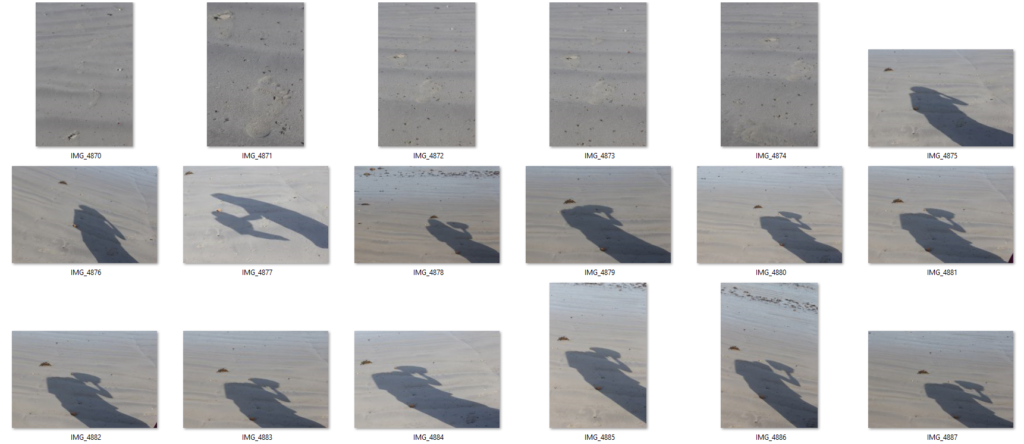


‘Expertly curated, No Place Like Home features the work of local and internationally acclaimed artists and invites Islanders to consider their ‘home’ on a personal, national, global and even cosmic scale. The exhibition features 23 gallery based artworks and three external installation pieces, all of which explore ‘home’ from different perspectives, including considerations around Jersey’s housing crisis and international perspectives on the health of our planet. Whilst we live in a time when this can be a complex and serious subject, the pieces on display are often playful and interactive and invite the viewer to reflect on their own interpretation and experience.’
I think this was a very interesting exhibition, consisting of visual and interactive components that created a experience of nostalgia. There was aspects of a more general idea of our home (like the earth) as well as more domestic factors. The ranges of mediums (painting, sculpture and others) made the exhibition very detailed and abstract.

Curated by Rosalind Davis and Laura Hudson, No Place Like Home brings both existing and newly commissioned works by artists including Rachel Ara, George Bolster, Sasha Bowles, Justin Hibbs, Ana Cvorovic, Peter Liversidge, Lindsay Rutter, Will Romeril and Lisa Traxler.




